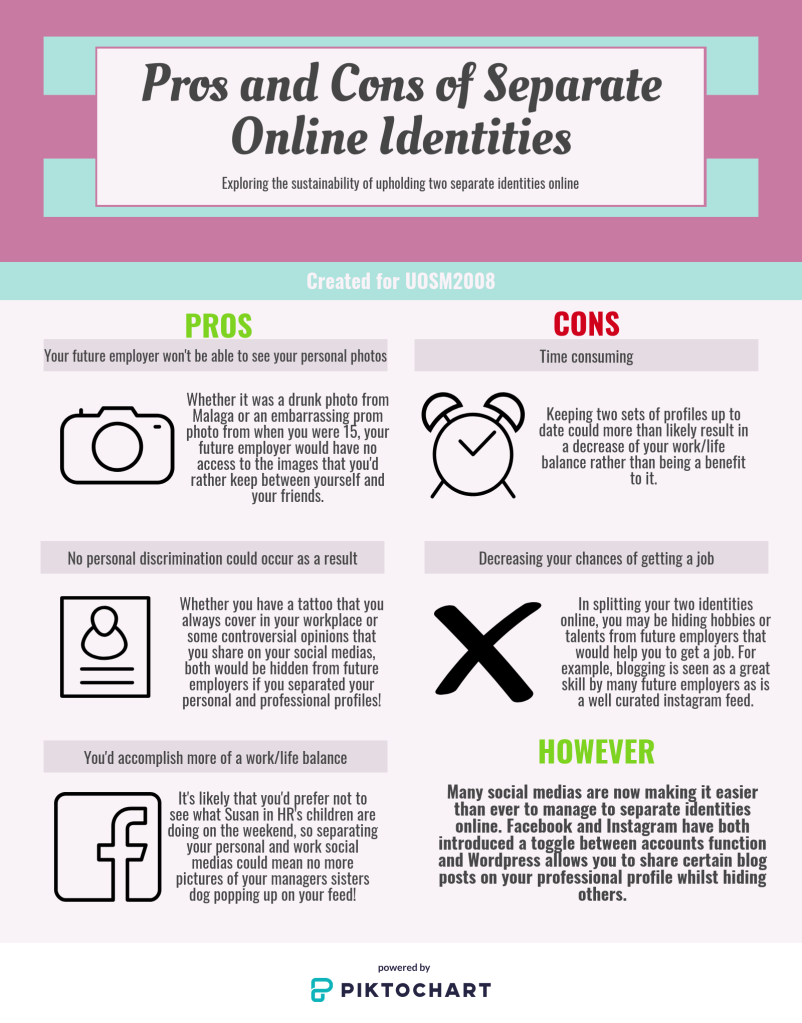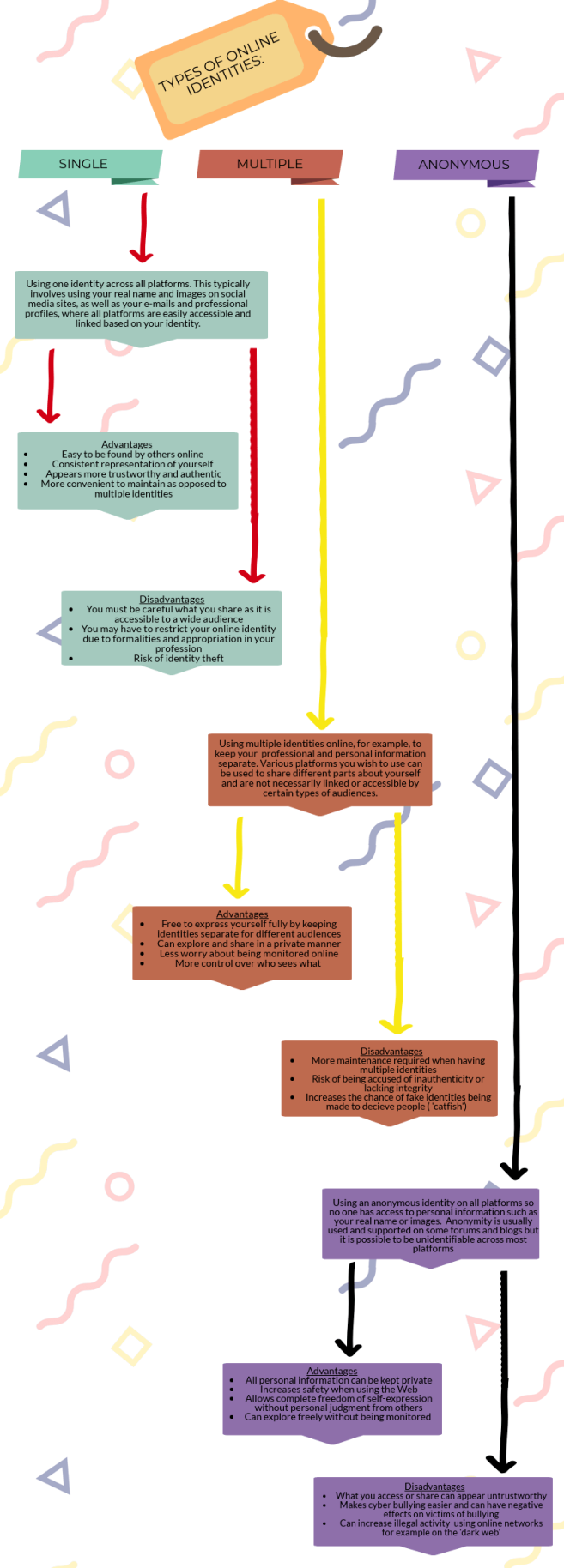
The Clark Kent’s of the Internet World
“In the olden times, privacy was good. Today people want to share” (Mark Zuckerberg, 2010). But, is sharing our entire thought stream online ever really a good idea? Justine Sacco would probably argue, no. In 2013 after tweeting a racially insensitive message to her mere 170 followers, she boarded a plane to South Africa. 11 hours later she turned on her phone to find her tweet had gone viral and her life lay in ruins.
Continue reading →











